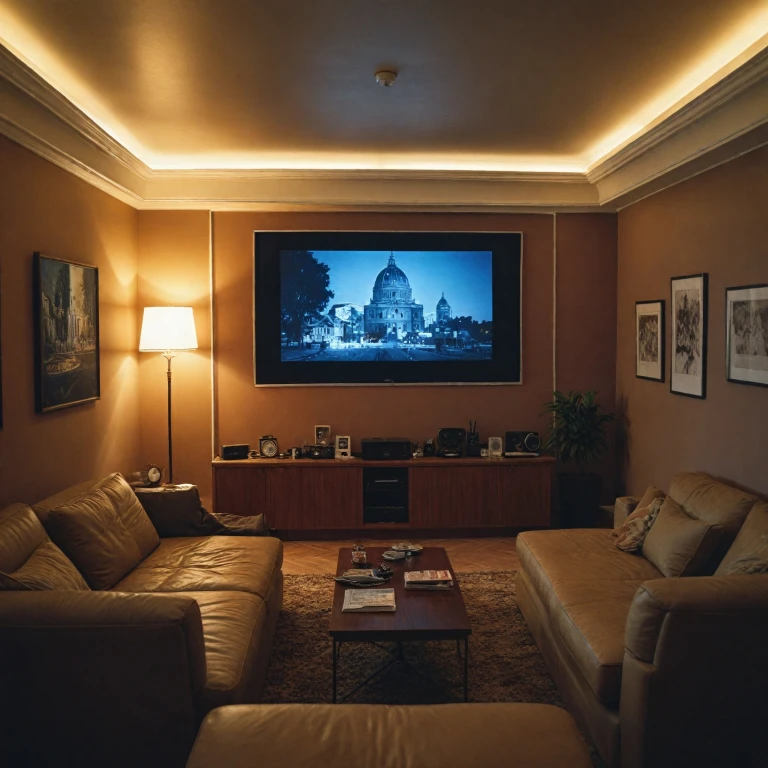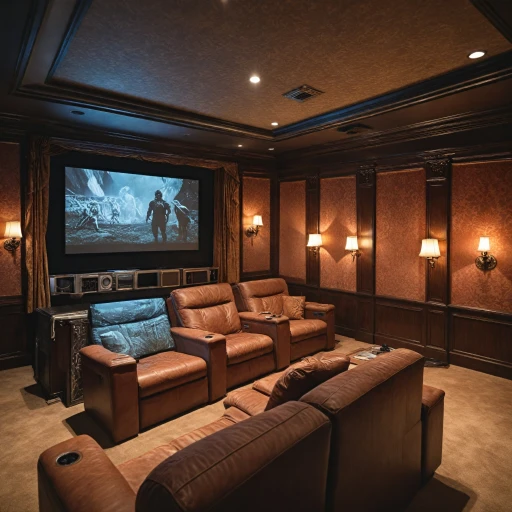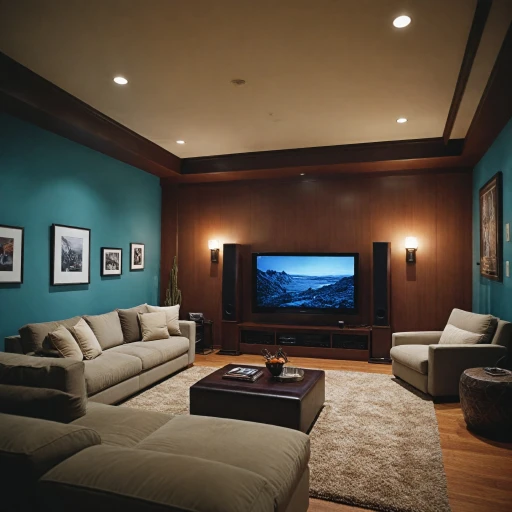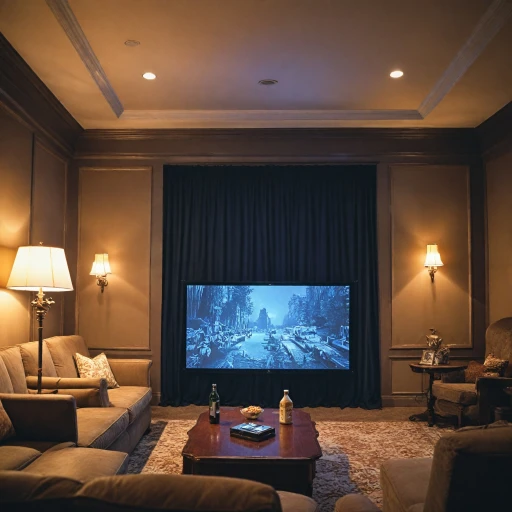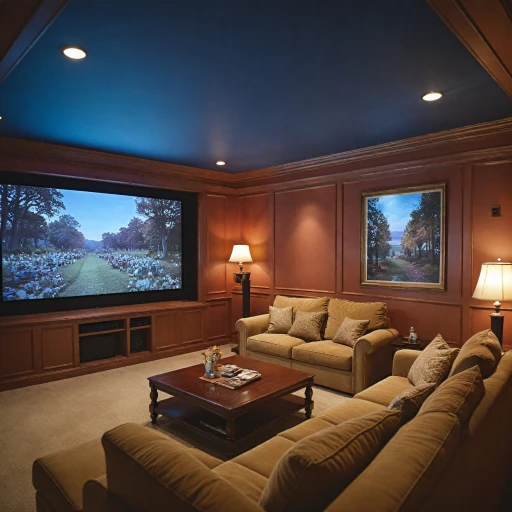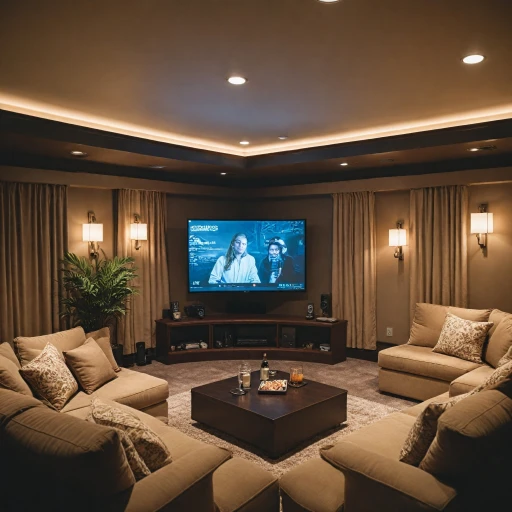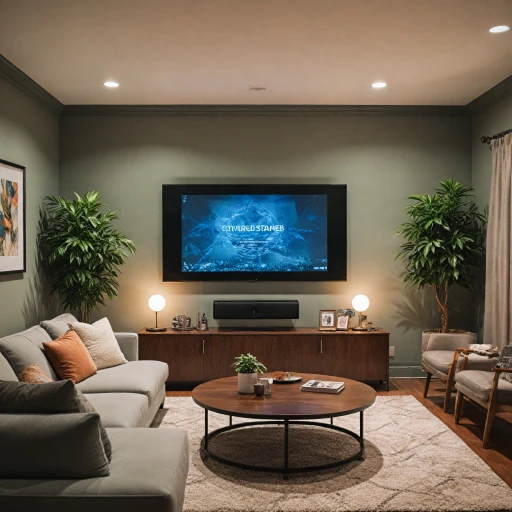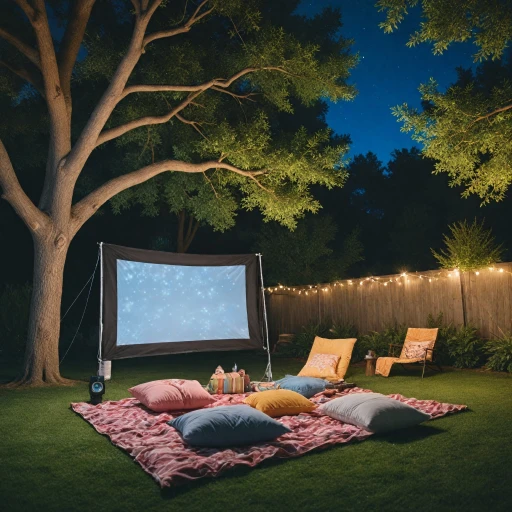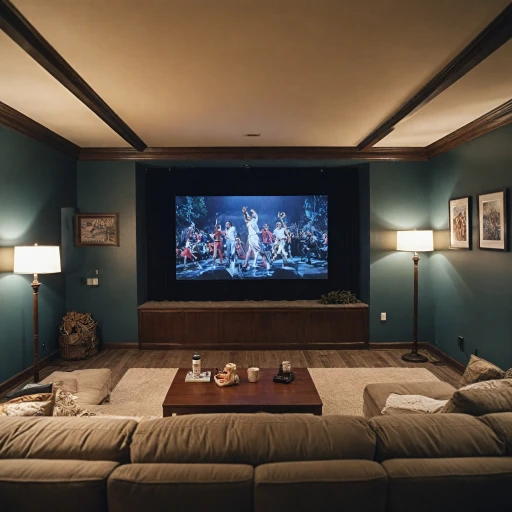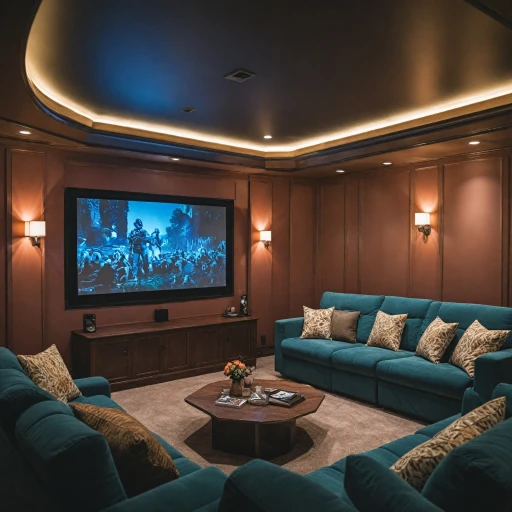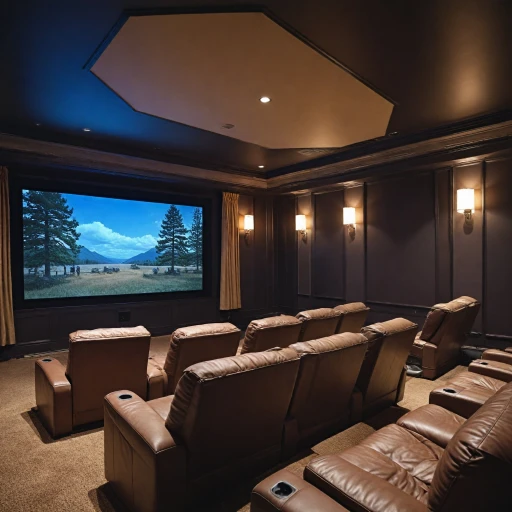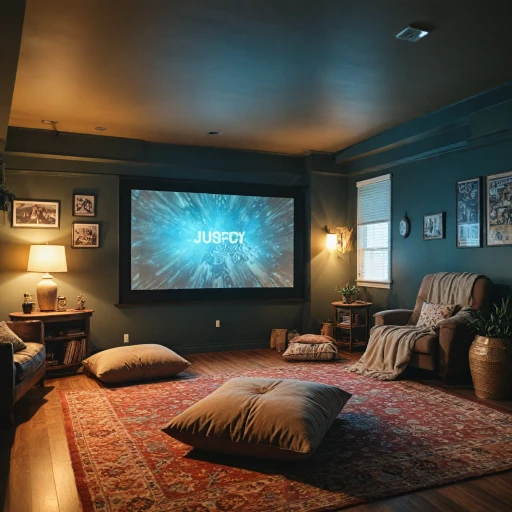
Understanding Projector Cable Types
Exploring Different Options for Projector Connections
In the realm of home theater setups, understanding projector cable types is crucial for a seamless viewing experience. With a multitude of cables available, each serving a specific function, making an informed choice can be daunting. Whether you're connecting a projector to a monitor, or integrating multiple devices, having the right video cable is key. HDMI cables are a popular choice, delivering high-quality audio and video signals. They are versatile and support most modern devices. For customers with legacy systems, VGA and DVI cables may still be relevant. VGA cables have long been used for video connections, and while considered somewhat outdated, they still find their place in specific setups. DVI HDMI connectors can facilitate the transition between DVI and newer HDMI connections, ensuring the compatibility of your devices. USB cables often come into play for power and data transfer, while newer options like fiber optic cables provide superior signal quality over long distances. Opting for molded cables can enhance durability, protecting against wear and tear. For those planning out cable management, wall plates offer a clean and organized solution, concealing cables within the walls. This not only improves aesthetics but also reduces clutter. In delving deeper into specific use cases, such as the role of a video port to VGA adapter in home theater projectors, you can discover tailored solutions designed for more specialized needs. This knowledge can ensure your home theater is properly equipped, promising a rich and uninterrupted viewing experience. Read more.Factors to Consider When Selecting a Projector Cable
Key Considerations for Selecting the Ideal Projector Cable
When it comes to designing your home theater setup, selecting the right projector cable is essential in ensuring optimal performance and best audiovisual experience. With so many options available, it's crucial to understand what to look for when choosing your cable.- Compatibility and Cable Type: Ensuring compatibility between your projector and the chosen cable is fundamental. The types of cables predominantly used are HDMI, DVI, VGA, and USB. HDMI cables are widely popular due to their capability to transmit both high-quality audio and video signals. Explore our in-depth guide on why RCA to RCA cable is vital for projectors to understand more about compatibility nuances.
- Video and Audio Requirements: Assess the projectors' output specifications and your media needs. For video-only connections, VGA or DVI cables may suffice, whereas HDMI cables are the go-to option for combined audio-video needs. If your setup requires long-distance signal transmission, consider fiber optic HDMI cables for minimal interference and maximum fidelity.
- Cable Length and Environment: Determine the distance from your video source to the projector and make sure you have enough cable length to reach where it is needed — but avoid unnecessarily long cables as they can introduce signal degradation. Also, consider if the cable will run behind a wall or through cable conduits, possibly necessitating special wall plates or molded cables.
- Connector Quality and Durability: Look for sturdy connectors that ensure a snug fit and resist wear and tear from frequent plugging and unplugging. Factors such as the composition of the material (gold-plated connectors) and cable jacket quality are crucial.
- Power and Resolution Support: Confirm the type of resolution and power requirements your projector demands. An HDMI cable that supports 4K resolution will be necessary for modern high-definition projectors. Also, ensure the cable supports USB power if your setup requires it.
- Customer Feedback and Reviews: The best way to gauge the reliability of a cable is by assessing customer reviews and detailed product reviews which often highlight real-world performance and durability issues.
The Importance of Cable Quality
Assessing Cable Quality for Optimal Performance
When setting up a state-of-the-art home theater system, ensuring the quality of cables is crucial. High-quality cables directly influence the performance of your projector and the quality of the audio-visual experience. A top-notch video or HDMI cable will transmit signals more efficiently, reducing latency and ensuring a clearer picture.
It's essential to understand that not all cables are created equal. Factors like the type of connectors, the materials used in the cable's construction, and even its color, like the classic cable white or cable black, can affect overall performance. For example, HDMI cables, known for delivering crisp audio video signals, come in numerous qualities ranging from basic to premium, with variations such as high-speed or fiber optic HDMI cables.
The construction of cables also plays a significant role. Molded cables, for instance, offer durability by protecting the internal wires and providing stable connections, making them a preferred option for many setups. Additionally, certain products may include gold-plated connectors, which are known for superior conductivity and resistance to corrosion.
Cable quality is essential not just for video transmission but also for power and audio components. A well-constructed power cord ensures that your projector operates efficiently without unnecessary power fluctuations. Similarly, it's worth investing in quality audio cables to experience immersive sound.
Finally, customer reviews and expert reviews product insights offer valuable information. Pay attention to what existing customers have to say about cable performance and durability. Armed with the right details, you can make informed decisions that keep your home theater running smoothly, whether you're using traditional VGA cables or more sophisticated DVI HDMI configurations.
Troubleshooting Common Projector Cable Issues
Troubleshooting and Solving Cable Issues
Encountering issues with projector cables can be frustrating, but understanding the common problems and solutions can help maintain an uninterrupted audio visual experience. Here’s a guide to help you troubleshoot potential cable mishaps:
- Check the Cable Connectors: Ensure that the connectors are securely plugged into the correct ports. HDMI, DVI, and VGA connectors should be firmly seated in their respective interfaces on both the projector and source devices.
- Evaluate the Video Cable: Inspect your video cables for visible damage. A frayed or bent cable, particularly with VGA or mini HDMI cables, can interrupt signal transmission. Consider replacing damaged cables with high-quality HDMI cables for better video performance.
- Signal Drop Issues: If your projector is intermittently losing signal, the issue may lie in the power cord’s connection. Verify that the power is consistent and the cables are not strained at any point, especially where they enter the wall or wall plates.
- Audio and Video Sync: In some cases, audio video sync can be disrupted. This may be resolved by replacing older USB cables or using an HDMI cable with a newer model that supports audio transmission along with video.
- Monitor Projector Compatibility: Confirm that your projector and monitor settings are compatible with your cable’s specifications, especially when using converters like DVI-HDMI or when connecting to PCs using USB power connections.
For persistent issues, reviewing customer reviews or vendor evaluations of cable products on the market can provide insight into more reliable models and types. Being mindful of compatibility and the specific needs of your setup can greatly enhance your home theater experience.
